History of the public transport in Prague
October 1829
Carter Jakub Chocenský obtained a license to operate two omnibus lines and thus became a pioneer in the operation of regular passenger transport in the area of Prague. In the 1860s and 1870s, several omnibus companies were already operating in Prague.

23 September 1875
The operation was launched solemnly on the first track of the Prague horse-drawn railway from Invalidovna in Karlín to the to the Chain Bridge of Emperor Franz. It was 3.4 km long, in the territory of Prague monorail with switches, in both suburbs double-track. First depot was in Karlín. At that time, the name of the company operating the horse-drawn railway was General Direction der Prager Tramway. This date is considered a symbolic beginning of the history of public transport in Prague.
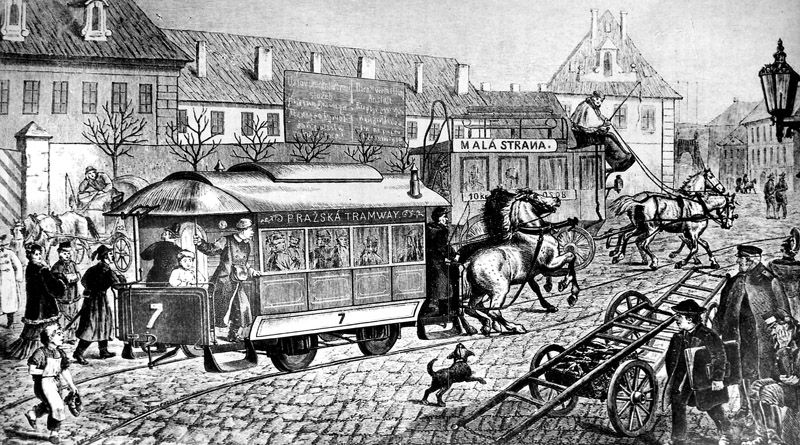
31 May 1891
The funicular to Letná launched its operation. The last passenger took a ride on 16 August 1916, later there was a so-called moving walkway (escalator) on the former funicular’s body for several years.
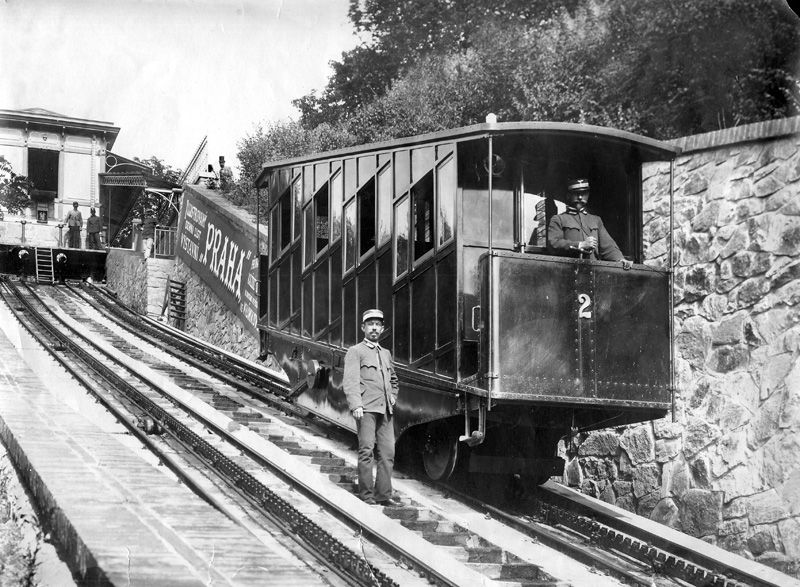
18 July 1891
The first Czech electric tram on Letná in Prague (Electric Railway on Letná in Prague) was put into operation. This happened thanks to the leading Czech electrical engineer František Křižík. The railway terminated its operation on 15 August 1900.

25 July 1891
The funicular to Petřín, built by the Association of the Petřín Lookout Tower, launched its operation. The funicular transported passengers until 1920, when its operation was stopped for technical reasons.
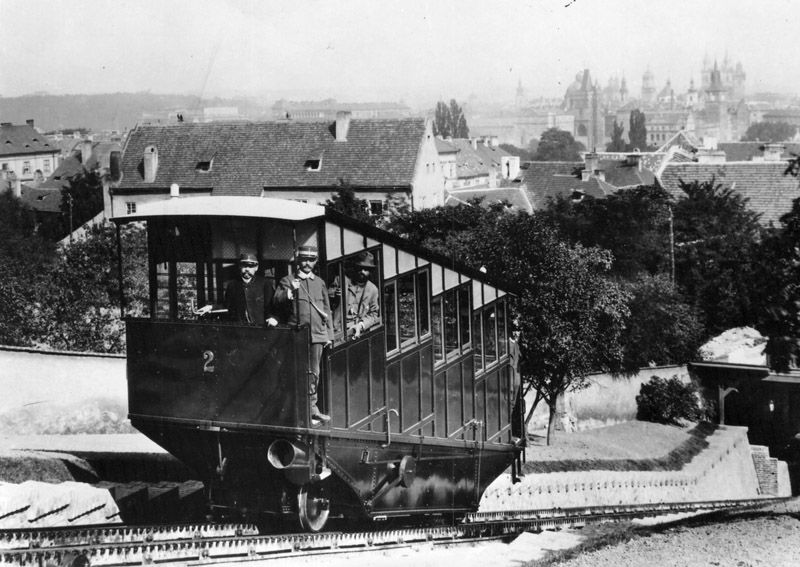
19 March 1896
František Křižík started operation on the first track of a private transport company Electric Track Praha - Libeň - Vysočany; later transferred to the joint-stock company Electric Small Track Praha – Libeň – Vysočany.
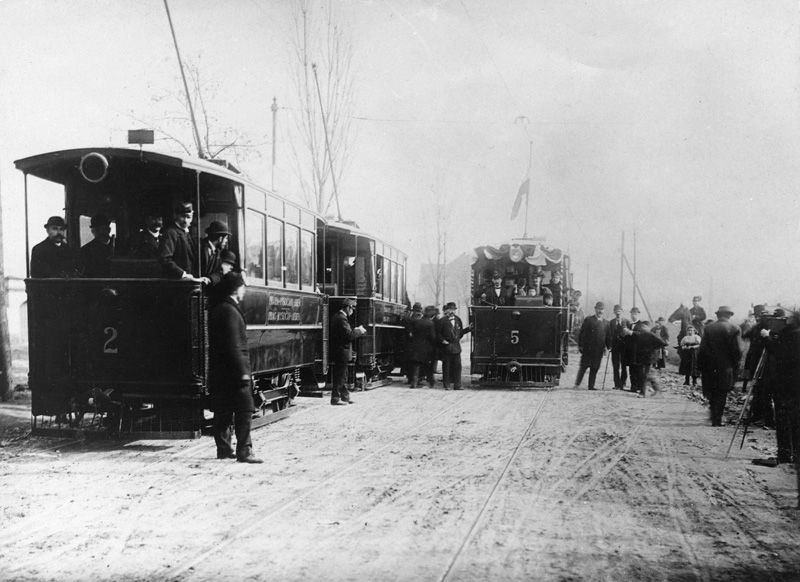
13 June 1897
Matěj Hlaváček, mayor of Košíře, launched the operation of the private transport company Electric Track Smíchov – Košíře.
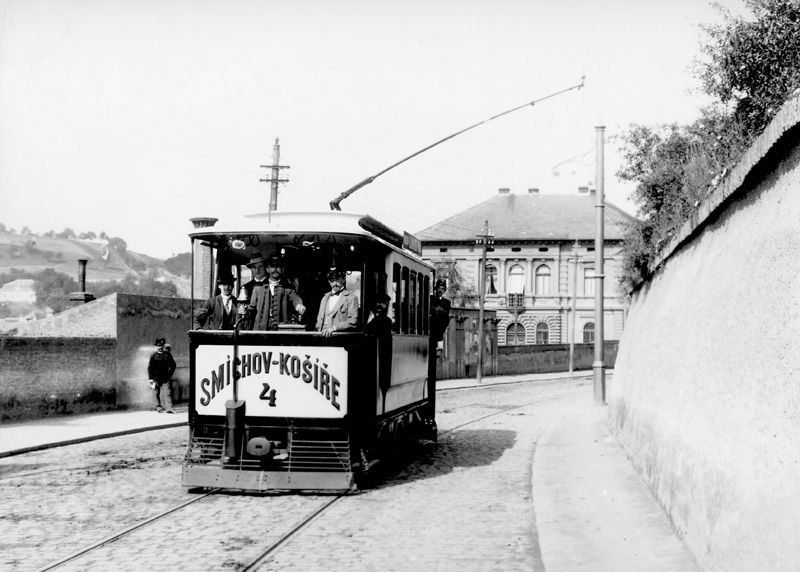
25 June 1897
The city of Královské Vinohrady launched the operation on its own electric track (Municipal electric track of Královské Vinohrady).
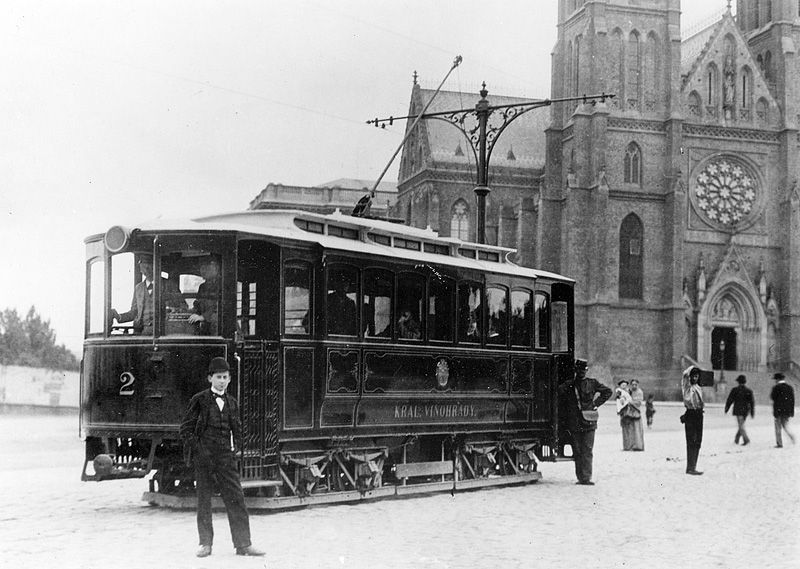
18 September 1897
The Electrical Enterprises launched operation on their first track and, together with Královské Vinohrady, operated the circular track Praha – Žižkov – Královské Vinohrady.
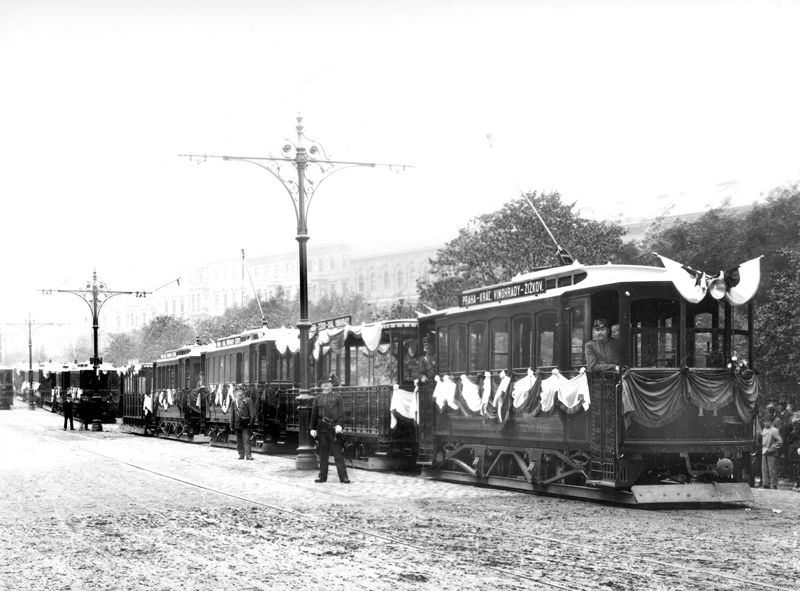
1 July 1898
The Electrical Enterprises took over the horse-drawn railway and launched its electrification.
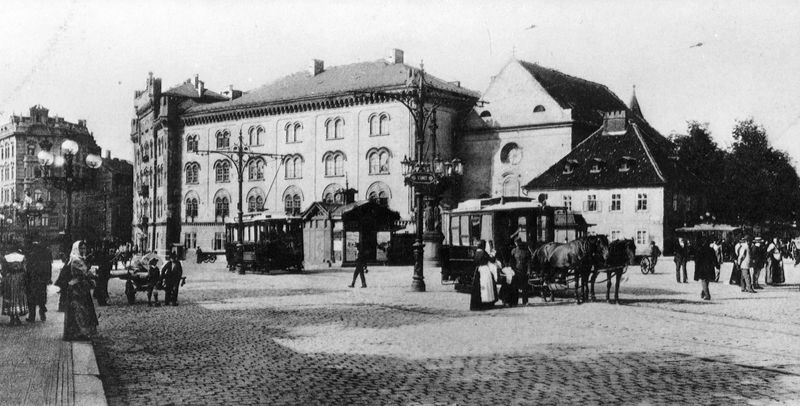
2 June 1898
Ladislav Rott submits the first proposal for the construction of an underground railway in Prague. The Electrical Enterprises refuse it because, allegedly, no underground railway is needed in Prague.
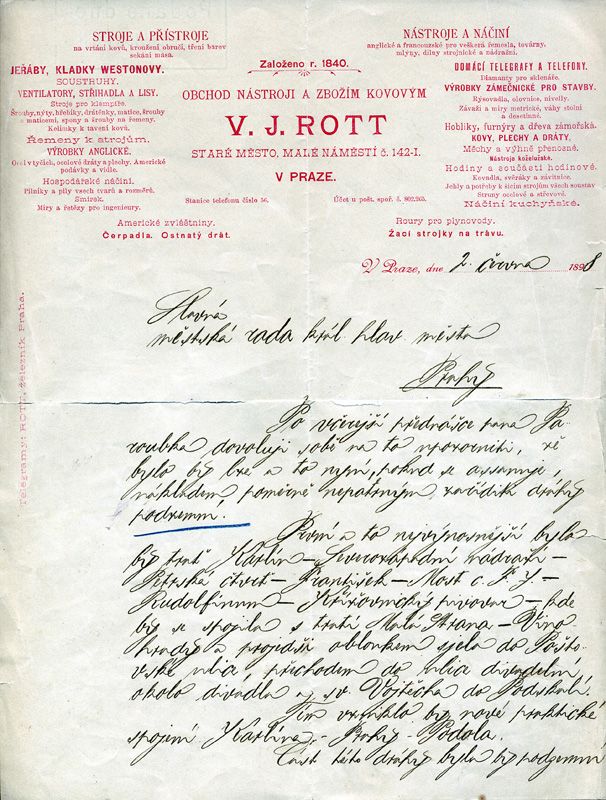
12 May 1905
Ceremonial final ride of the Prague horse-drawn tram in the last section from Křižovnické náměstí to Malostranské náměstí took place on the Charles’ Bridge
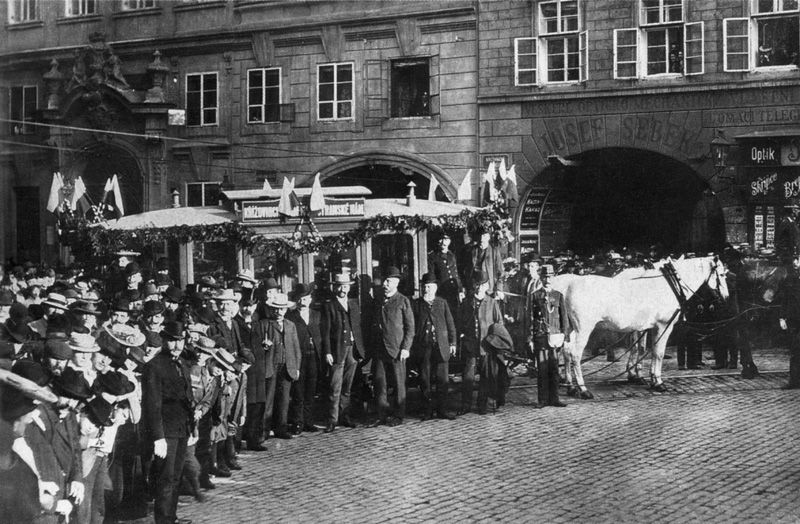
1 July 1905
Officially tested first tram vehicles of a new type, with its appearance designed by architect Jan Kotěra, which influenced the appearance of Prague tram vehicles for several decades.
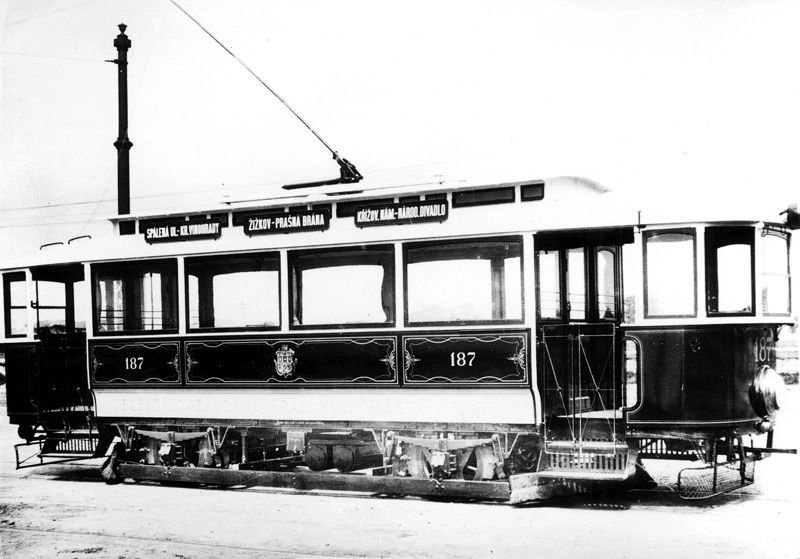
9 June 1907
First rail loop of the Prague electrical trams launched into operation on Letná. It existed as a temporary provision for the period of Sokol meeting.
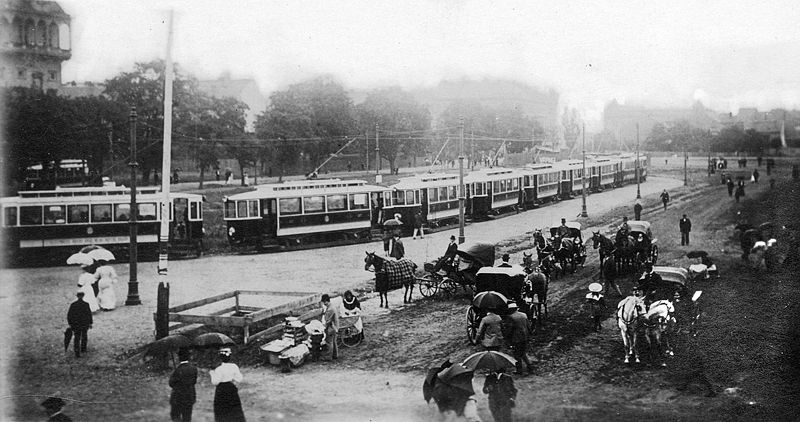
24 October 1907
Beginning of numbering of the Prague tram lines – line no. 5 was established as the first one.
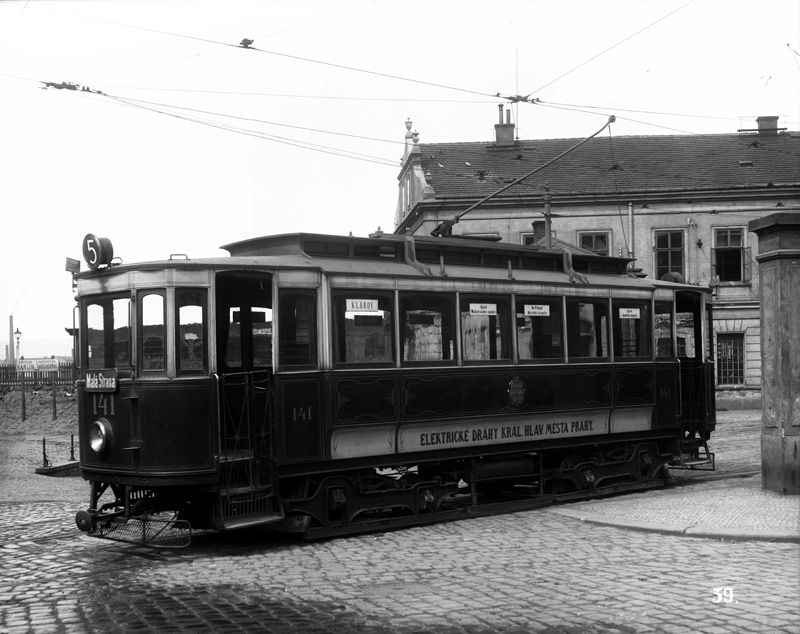
7 March 1908
Transport on the first bus line from Malostranské náměstí to Pohořelec launched. Due to technical difficulties, transport was stopped without compensation on 17 November 1909, and Prague was left without buses again.
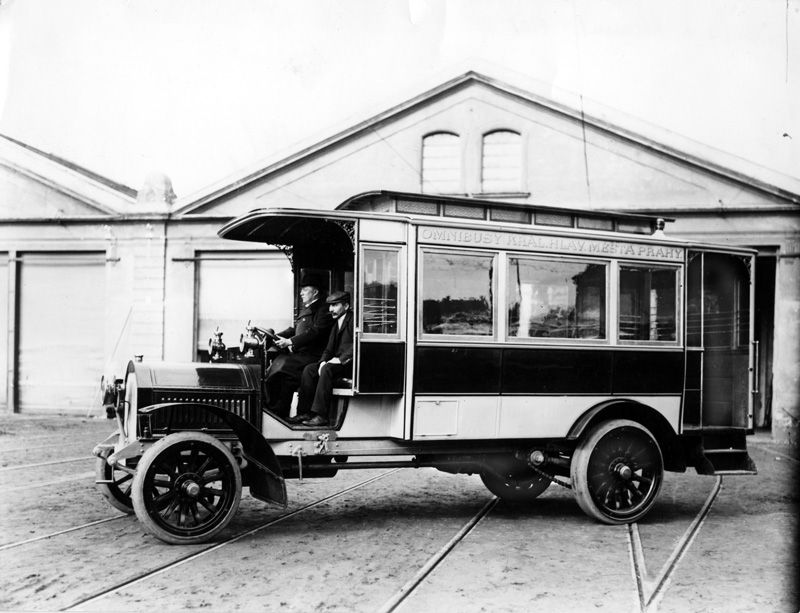
2 January 1911
So-called night-time operation (until midnight) launched for the first time. It ended after the outbreak of World War.
1 July 1920
Fundamental reform of the tariff system – a uniform fare introduced in the tram network.

20 June 1925
The operation of the bus transport launched solemnly. One day later, regular operation was launched on A line from Vršovice to Záběhlice. Bus lines were indicated by letters.
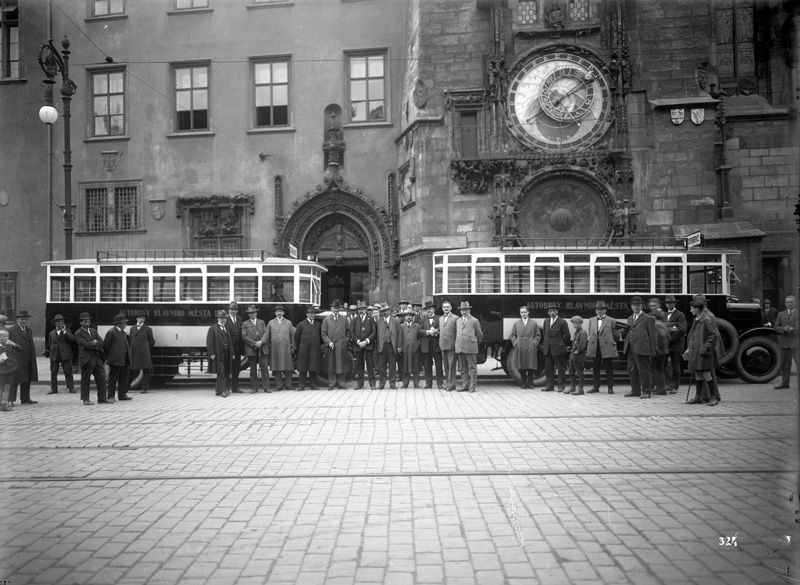
1930
Towing vehicles with central entrance and lowered boarding platform, so-called “krasiny” put into operation. They were, with a little exaggeration, the first low-floor vehicles in the Prague public transport.
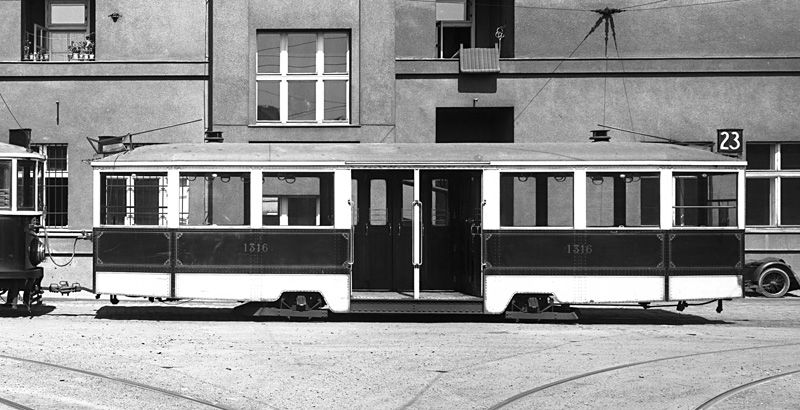
5 June 1932
The operation of the completely reconstructed and extended and electrified funicular to Petřín launched. In this form the track served until an extensive landslide in June 1965.
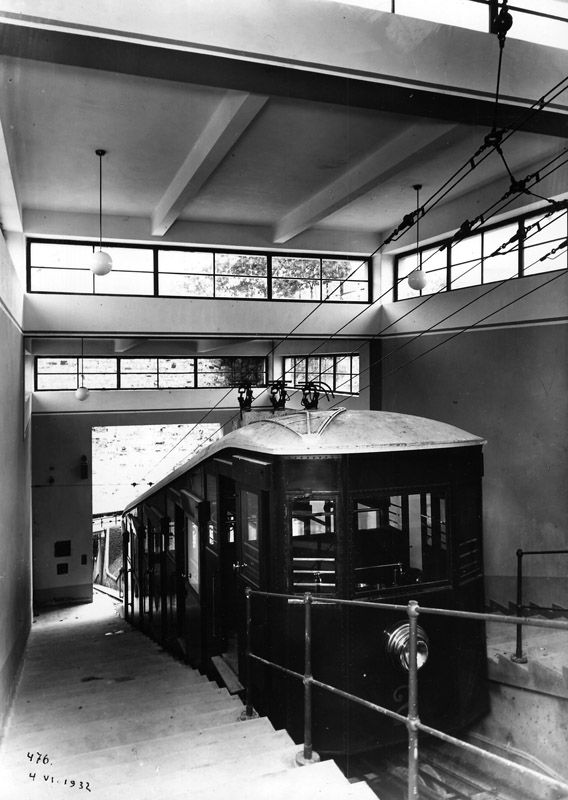
21 January 1936
One-directional tram vehicles with closable entrances, regulated movement of passengers and a permanent stand of the conductor, so-called “submarines”, put into operation.
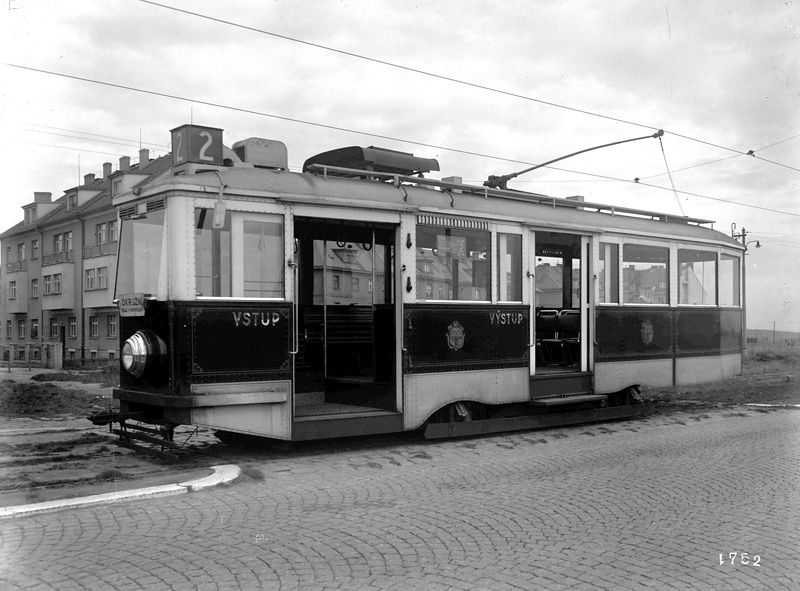
29 August 1936
First trolleybus line from the Střešovice depot via Bořislavka to St. Matthew’s Church launched its regular operation. The operation was launched by three more or less experimental vehicles. The trolleybus transport underwent the greatest development in the 1940s and 1950s. Trolleybus lines were indicated by letters, just as in case of buses.
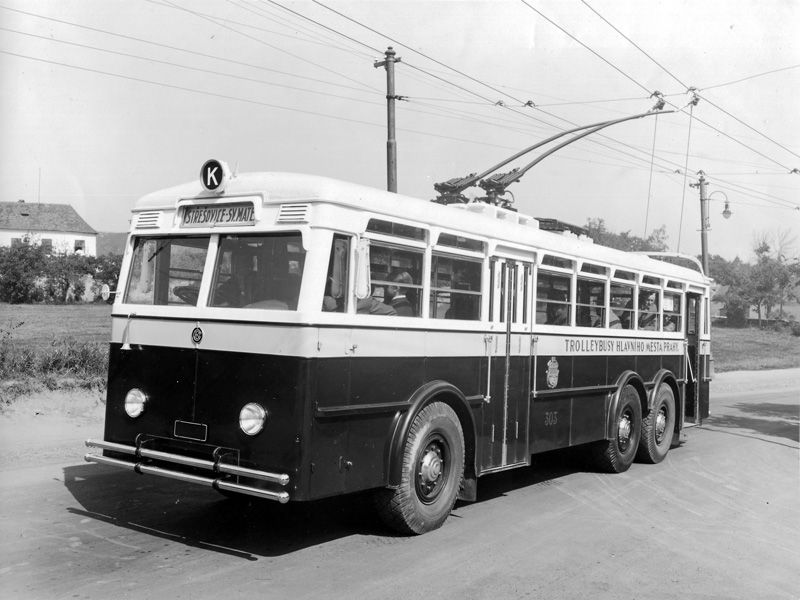
26 March 1939
Right-hand traffic introduced in Czechoslovakia – more significant modifications were needed especially in the tram railway network, buses, trolleybuses and one-way trams.

30 November 1942
All-night operation in the tram network introduced for the first time.
May 1948
Praga NDO buses put into operation – the first beginning of the post-war unification of the fleet and, for a long time, the last bus designed according to the needs of the public transport. Also new capacitive and powerful Tatra T 400 trolleybuses and the last type of two-axle trams "mevro" put into operation in the same year.
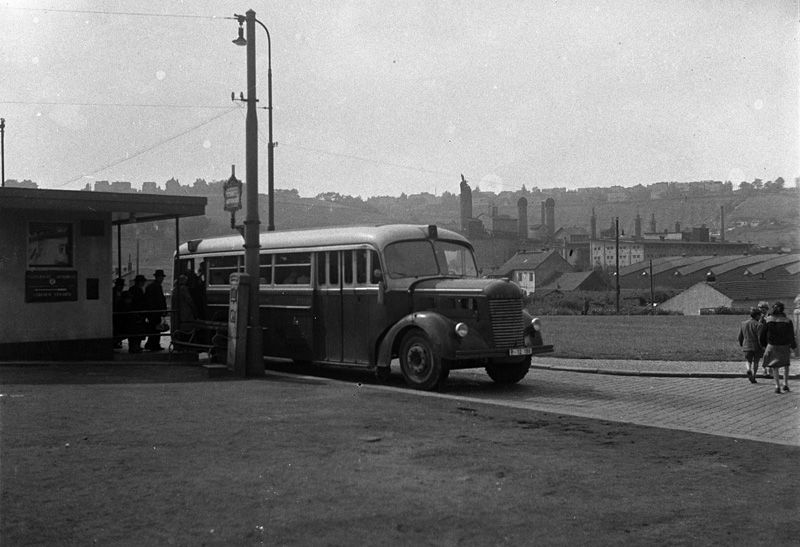
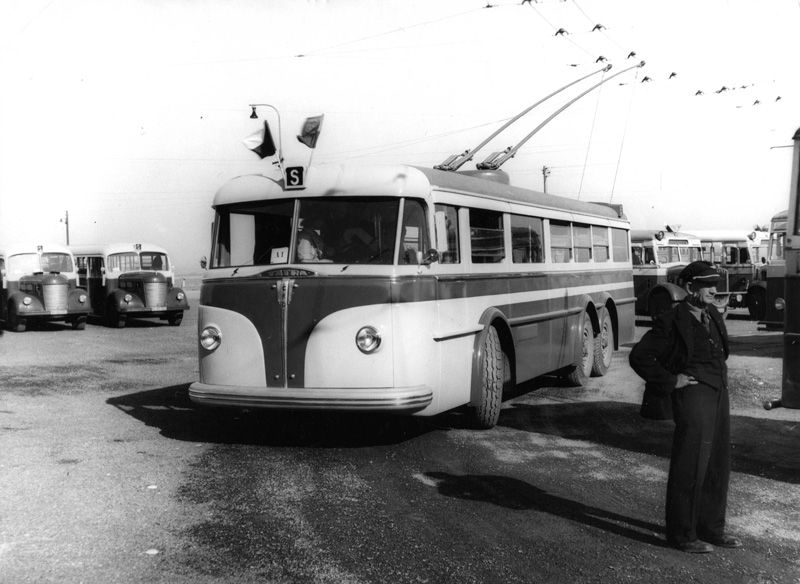
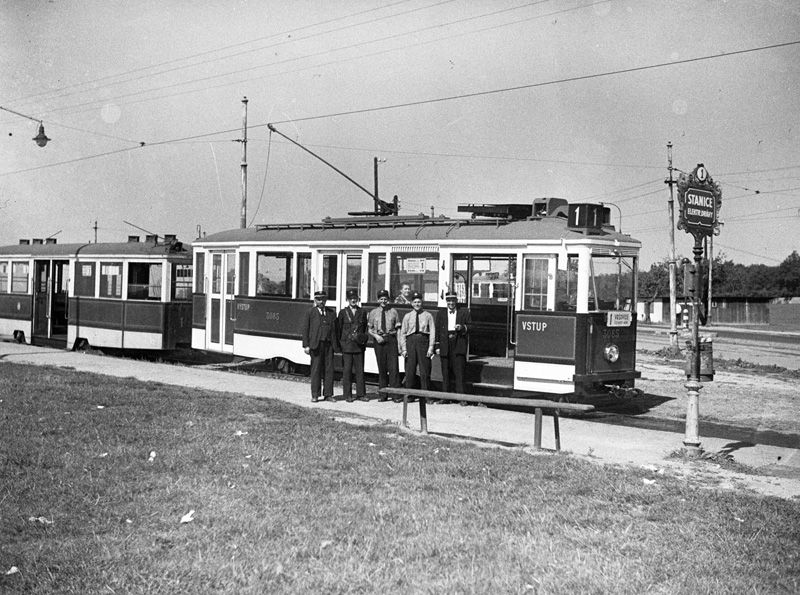
31 December 1951
The uniform tariff established in the Prague public transport, enabling also to transfer between tram, trolleybus and bus lines. New labelling of lines – bus lines newly marked by numbers from 101 above. Trolleybus lines had changed their labelling to numbers from 51 above already on 14 December 1947.

17 March 1952
Four-axle motor tram vehicles of PCC concept (T I type) were put into operation with passengers. They laid the foundation for the construction of modern tram vehicles of the post-war period.
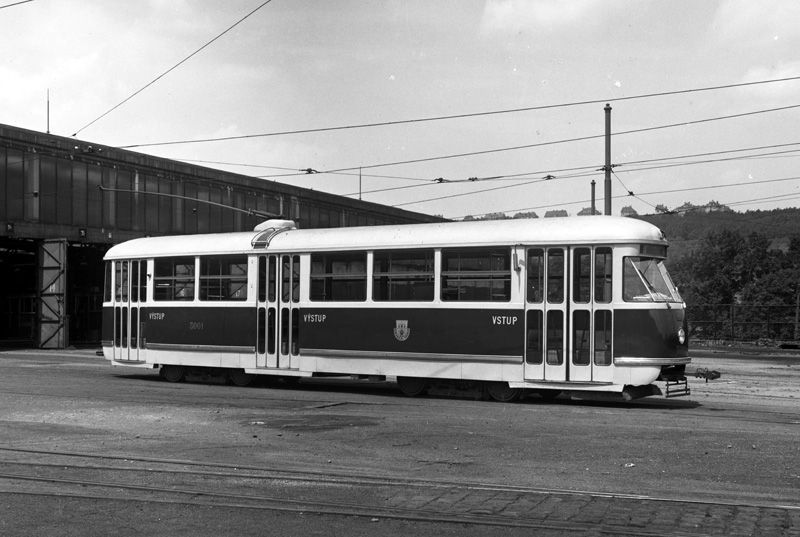
1 September 1959
New Škoda 706 RTO buses put into operation.
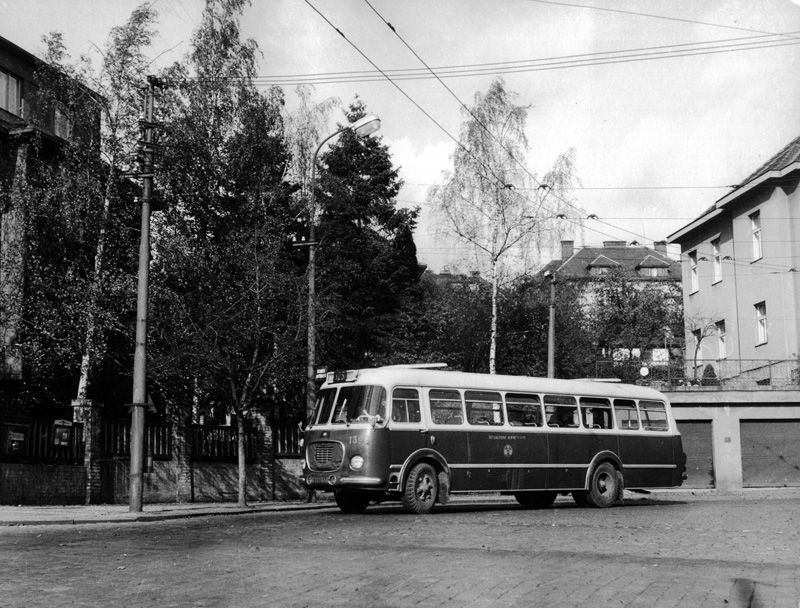
25 September 1961
Self-service operation without a conductor established in tram network on first line (no. 2) in two-axle (i.e. old) motor vehicles.
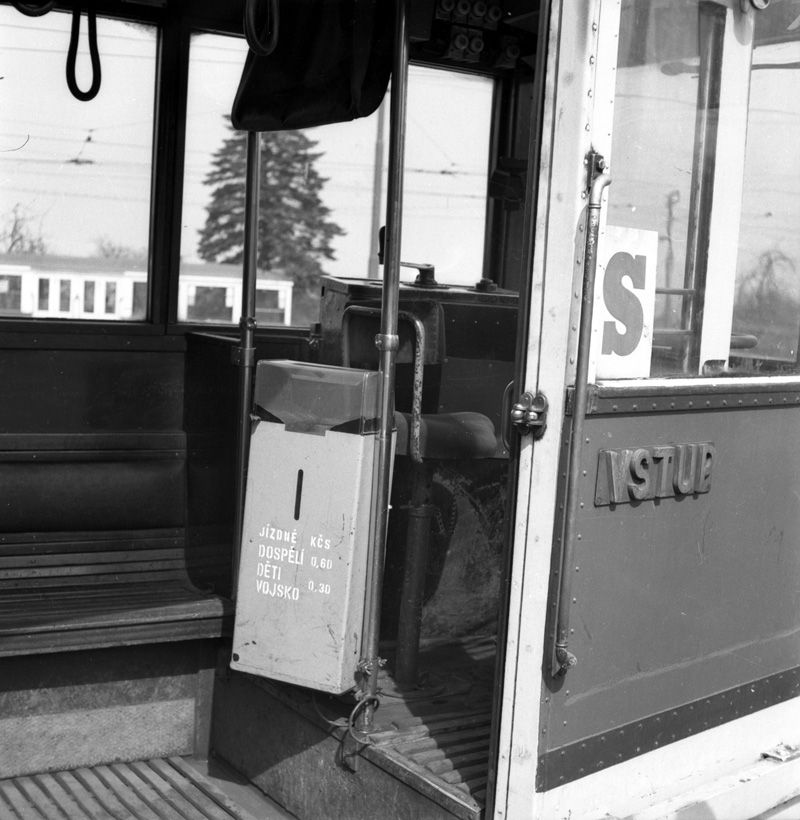
21 November 1962
T3 trams put into regular operation with passengers for the first time. Using this type, a major replacement and unification of the tram fleet was done subsequently.

October 1965
ŠM11 buses of a completely new design deployed for the first time. They built on the development of urban buses interrupted in the first half of the fifties. In total, 2,241 were delivered to Prague from 1965 to 1981, which is the record in the number of vehicles of one type series.

29 November 1965
Systematic abolishment of the trolleybus network and its replacement by buses started. This was mainly due to the state of their infrastructure and the nationwide concept of gradual reduction of the share of electric traction in urban transport.

7 January 1966
By relocation of utilities in the area of Opletalova street, the construction of the first subsurface tram started in the section from Hlavní nádraží (Main Station) to Nuselský Bridge via I. P. Pavlova square and Fügnerovo square.
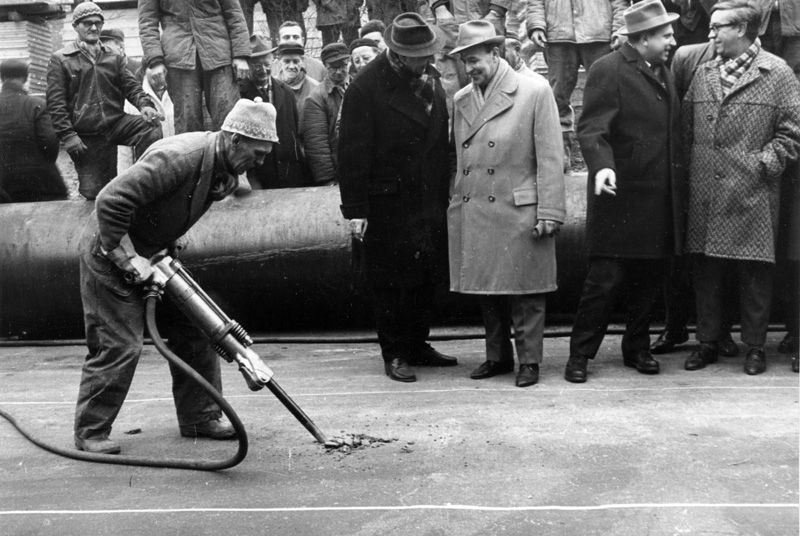
9 August 1967
Beginning of the Prague metro construction. The ongoing construction of the subsurface tram was, after many expert opinions and discussions, changed by a government resolution to the concept of a completely autonomous underground railway – the metro.
16 October 1972
The operation of the last trolleybus line no. 51 (Stadion Strahov – Orionka) ended. This completed the abolishment of the trolleybus network in Prague and its replacement by buses.
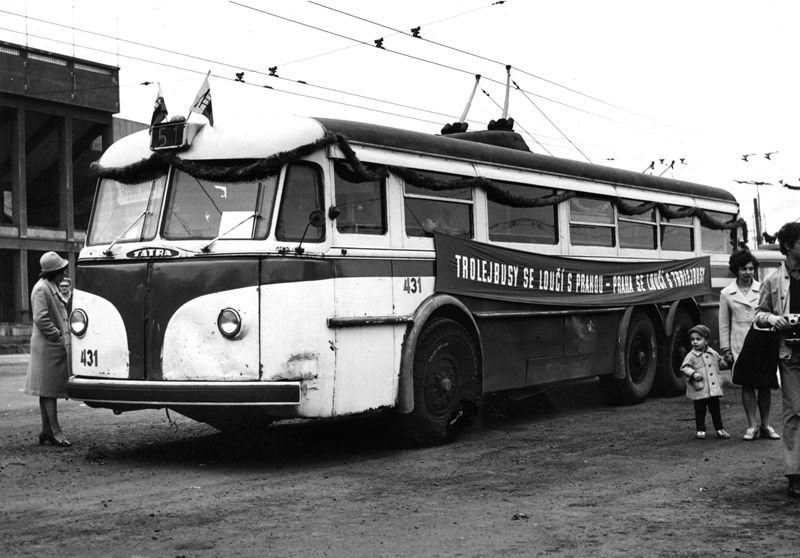
9 May 1974
Operation started on the first C line of the Prague metro in the section Kačerov – Sokolovská. Replacement of the fleet on tram lines completed – operation of the old two-axle trams ended. The function of conductors was cancelled. Non-transferable tariff and mechanised dispatching of passengers established in the entire public transport network. Significant reduction of tram rail network started.
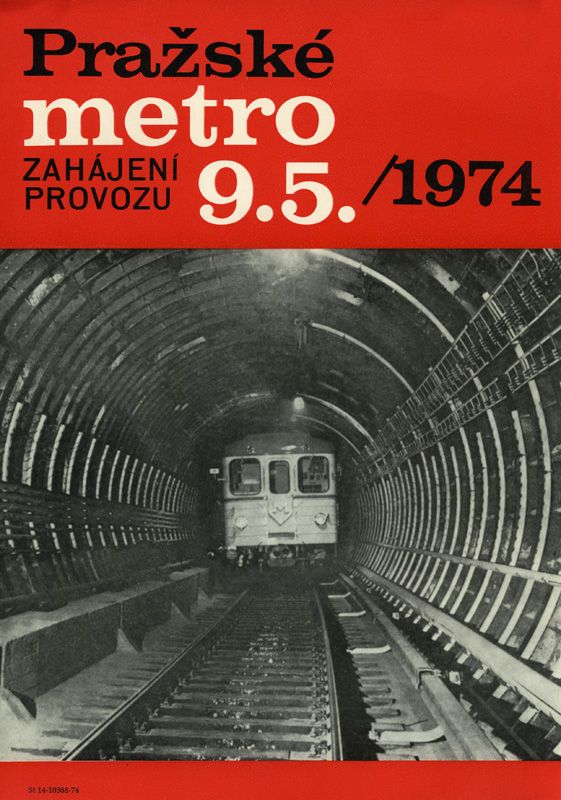
16 January 1978
High-capacity articulated buses Ikarus 280.08 of Hungarian production deployed on line no. 190.

12 August 1978
Operation started on the first section of A line of the Prague metro from Náměstí Míru to Leninova (now Dejvická).
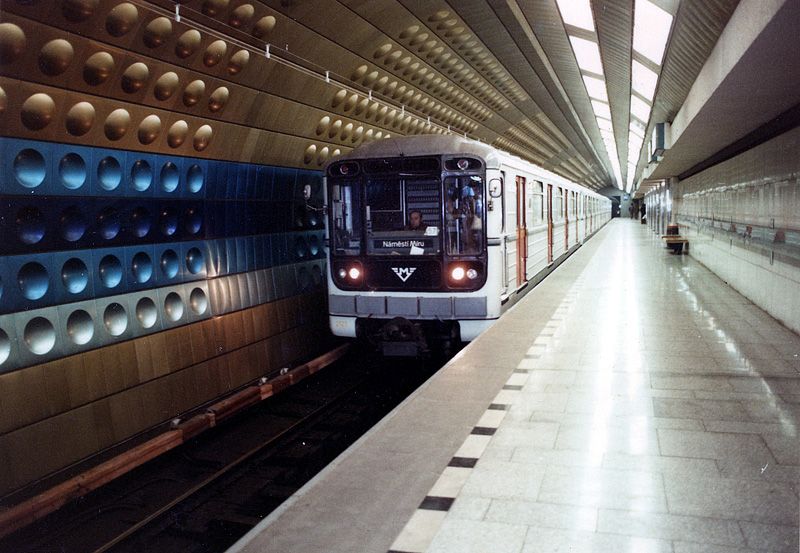
21 November 1982
New buses of Karosa B731 generation put into operation. Their construction was followed by a number of other derived types, including the articulated modification B741 and later innovated series B931 / B941, B951 / B961 and B951E.
.jpg)
15 June 1985
After a twenty-year break, the operation of the funicular to Petřín was restored after a complete reconstruction and modernisation.

2 November 1985
Operation started on the first section of B line of the Prague metro from Smíchovské nádraží to Sokolovská (now Florenc).
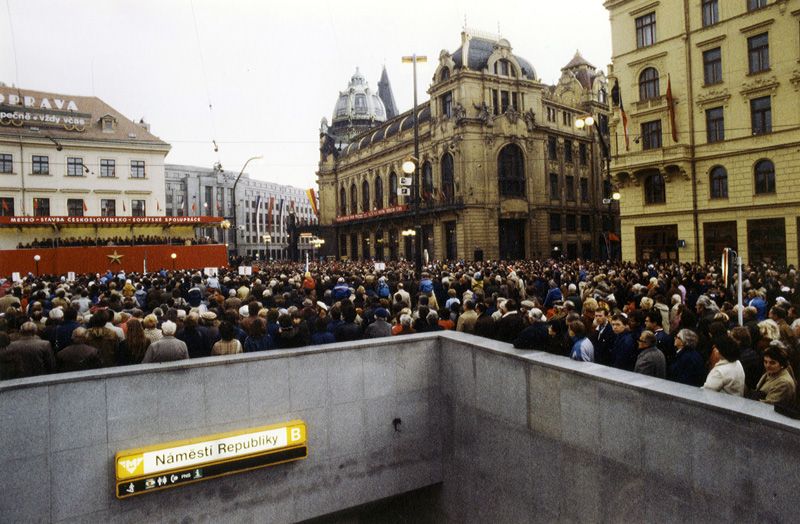
1 July 1986
High-capacity three-sectional bi-directional trams of KT8D5 type, representing the first new type from the introduction of T3 in 1962, were put into operation with passengers.
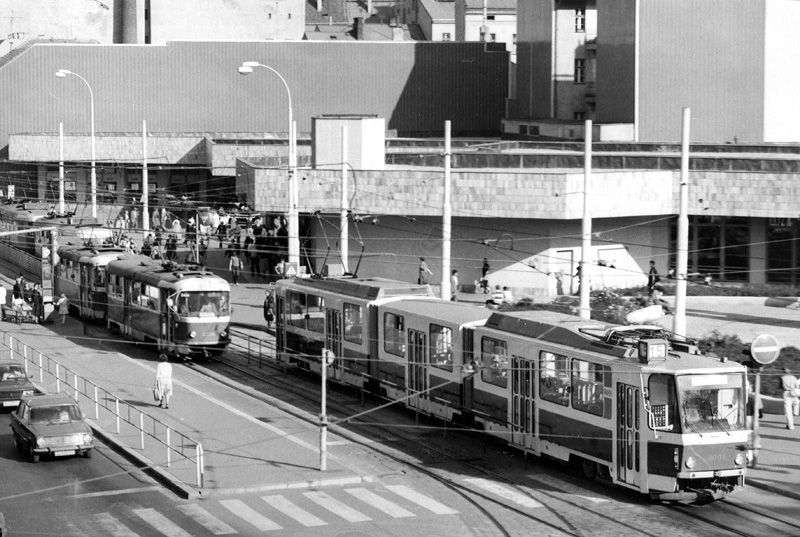
1 January 1992
First articulated buses of domestic production, Karosa B741 type, in operation.
11 January 1992
First suburban bus lines of the Transit Company established as a basis for the future Prague Integrated Transport (no. 351 to Hovorčovice and no. 352 to Ořech).

1 October 1992
The Transit Company launched the operation on the first special line for transport of persons with reduced mobility from Černý Most to Náměstí Republiky.
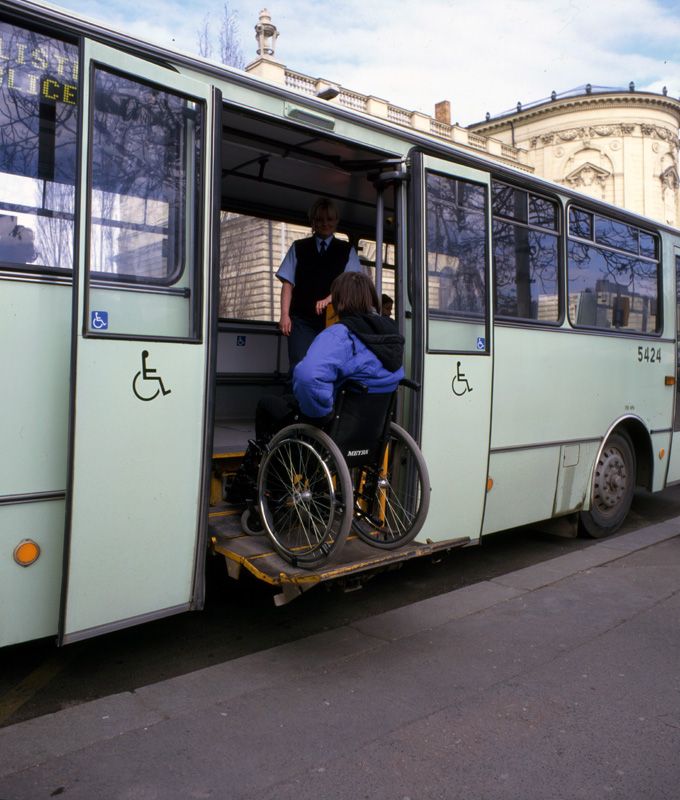
11 January 1992
Prague Integrated Transport was established. It is an integrated transport system in Prague and its surroundings. Since October 1992 many railway tracks of the Czech Railways (České Dráhy) have also been gradually added to the PID system besides the bus lines.

1 April 1994
Starting on this day, the contracts with other (private) carriers are concluded, instead of the Prague Public Transit Company, by the regional organiser of the Prague Integrated Transport ROPID, which was established as of 1 December 1993 based on a resolution of the Council of the Prague City Assembly. This liberalised the access to public transport services in the capital city for the carriers meeting the required standards.
7 November 1994
First low-floor bus Neoplan N 4014/3 put into operation with passengers for the first time.
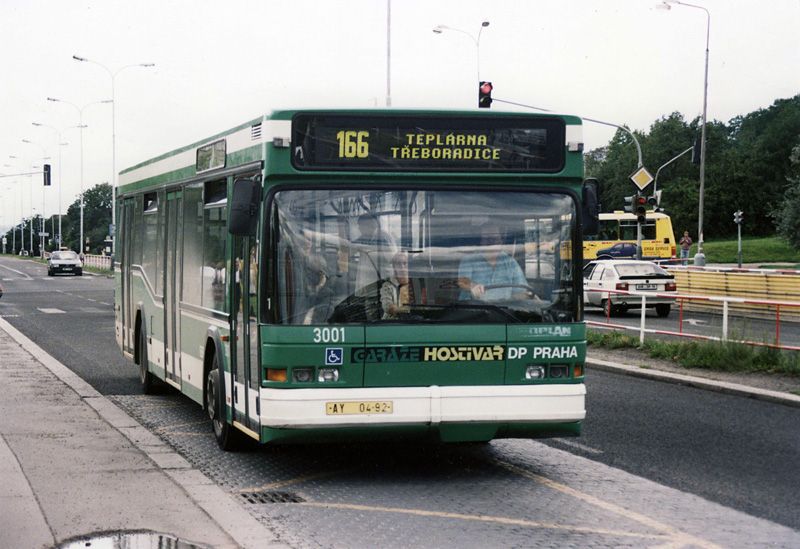
20 October 1995
Low-floor bus Karosa-Renault City Bus put into operation with passengers for the first time. Later numerous supplies of this bus design series made the first major step in building barrier-free bus transport.
.jpg)
25 July 1997
Low-floor trams RT6N1 representing the first domestic generation of low-floor trams developed in ČKD Praha after 1990 was put into testing operation with passengers. Their operation was not very successful and ended after less than two years.
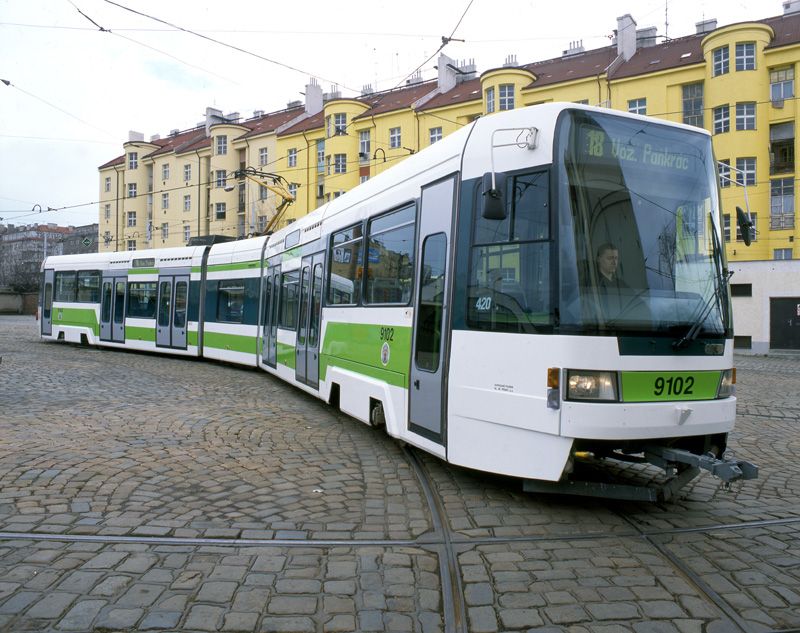
1 June 1996
The Prague public transport network went through a fundamental change in the dispatching and tariff system. Transferrable tariff was re-introduced, vehicles of the surface public transport were equipped with electronic dispatching and information system.
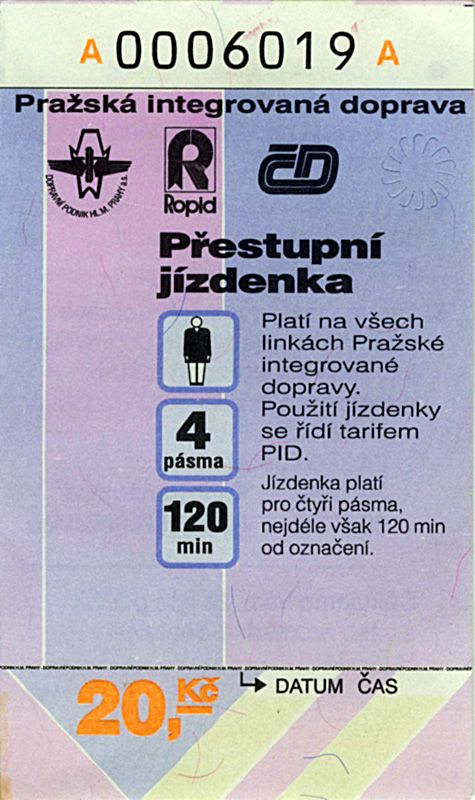
12 – 16 August 2002
During the flood, a large part of the Prague metro lines and stations were flooded. The operation of the sections and stations was renewed gradually after demanding reconstructions until 22 March 2003.
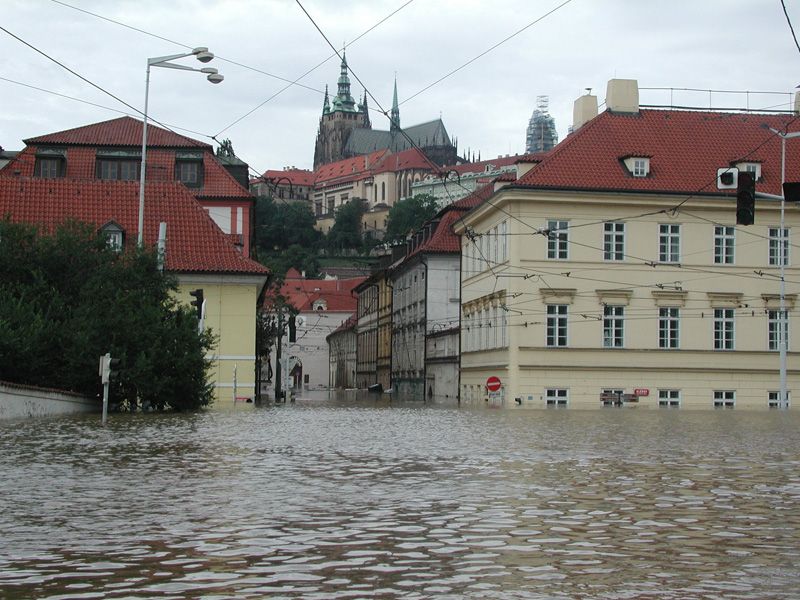
28 November 2003
New tram track Hlubočepy – Barrandov put into operation; for the time being, the latest major extension of the tram network.
28 January 2006
Low-floor trams Škoda 14T put into testing operation with passengers – it was the first type of low-floor trams supplied in series in Prague operation.
5 October 2010
100% low-floor trams Škoda 15T put into testing operation with passengers, currently the most modern and also the most numerous type of low-floor trams in Prague.
6 April 2015
Extension of the metro A line from Dejvická to Nemocnice Motol put into operation. This is the latest extension of the Prague metro network for the time being.
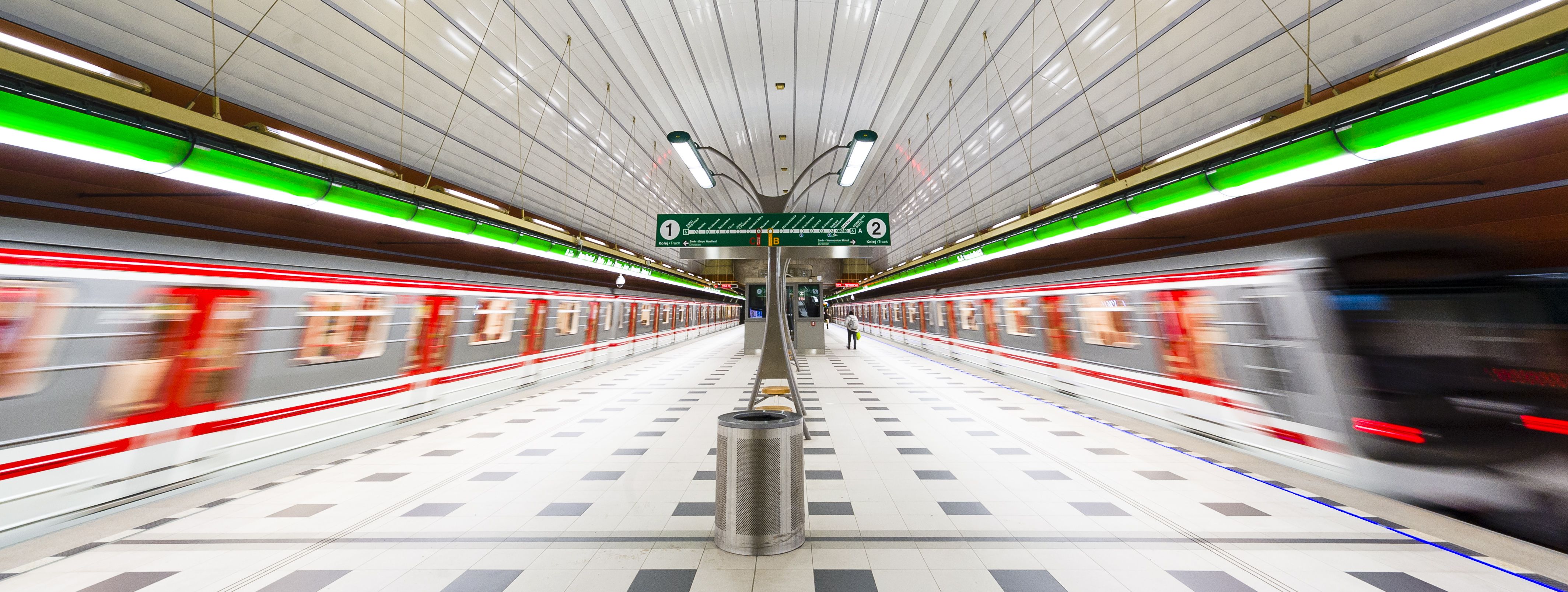
15 October 2017
Testing trolleybus track in Prosecká street solemnly put into operation for tests of electrical buses with dynamic charging. After 45 years, this act returned the electric traction to road public transport vehicles.
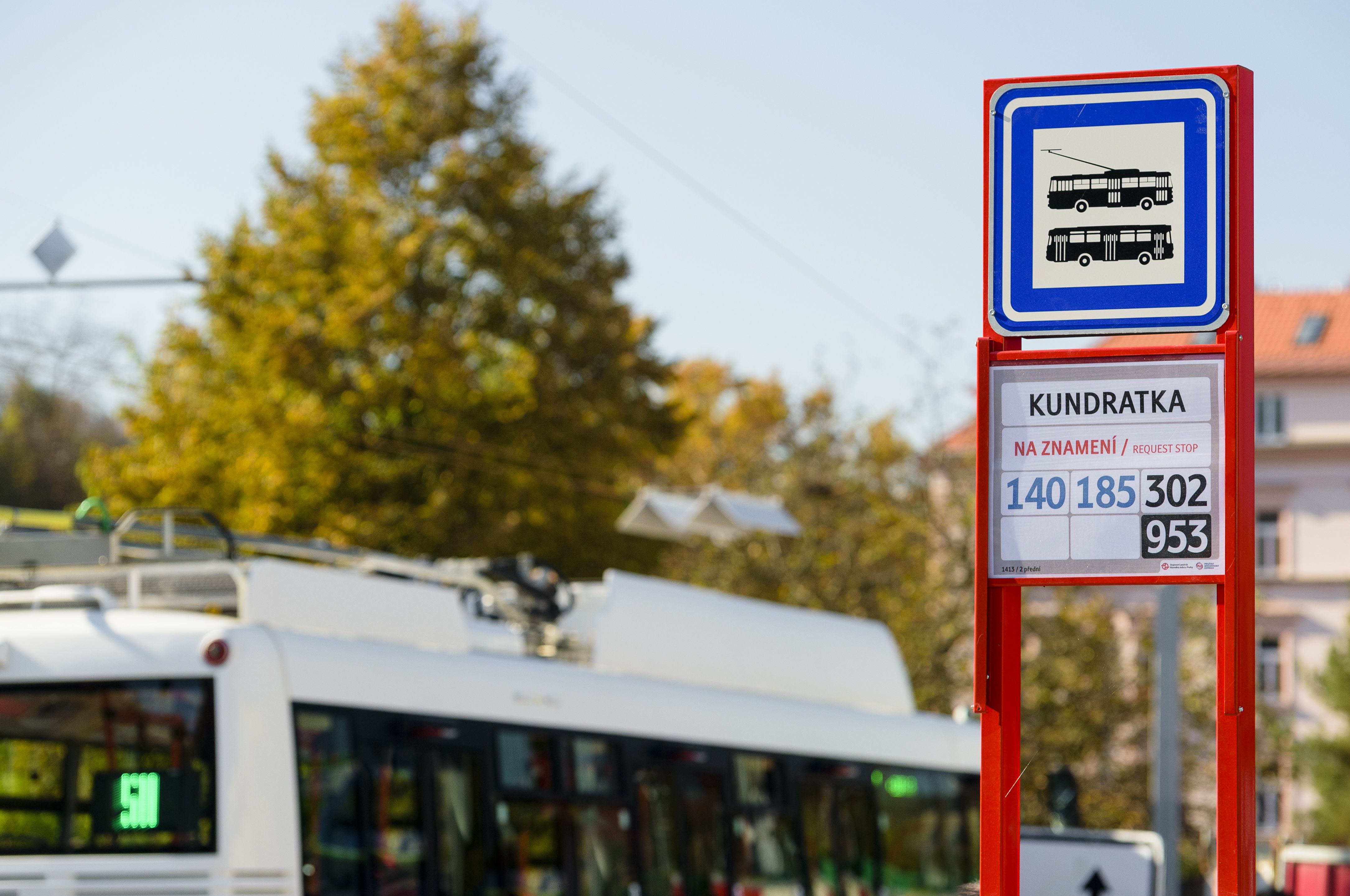
19 June 2019
Geological survey started solemnly for the fourth D line of the Prague metro in the Pankrác – Nové Dvory section, the buildings of which will become part of the newly built line in the future.
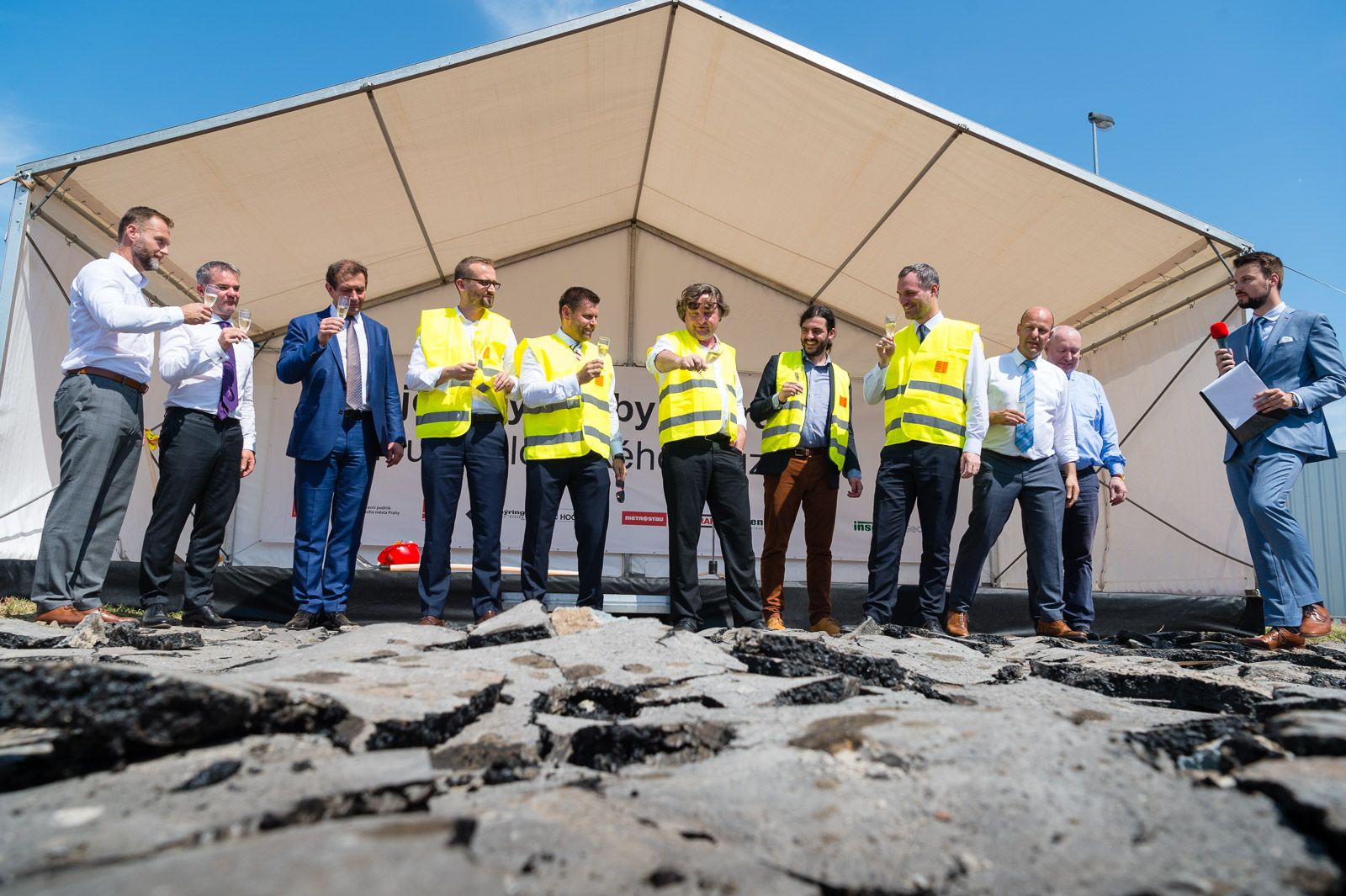
More information about the history of public transport in Prague can be found in our publications or in the DPP Archive, where you can arrange a visit at e-mail address archiv@dpp.cz.



